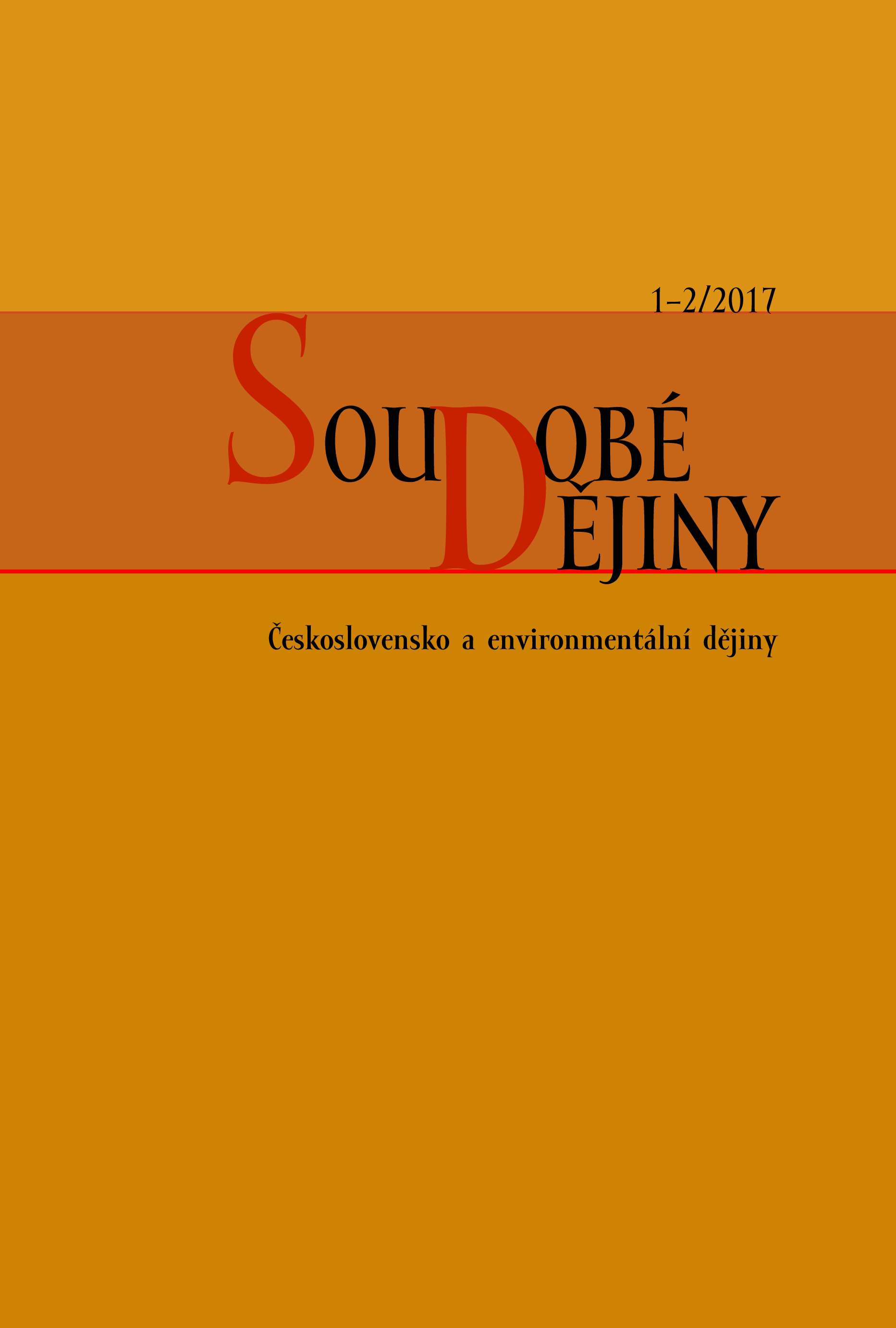Trampové, přírodovědci a brontosauři
Czech Tramps, Naturalists, and the Brontosaurus Movement
Pre-November experience of the Czech environmentalist movement as a portent of ecological modernization
Author(s): Petr Jehlička, Joe SmithSubject(s): History, History of ideas, Social history, Post-War period (1950 - 1989), Transformation Period (1990 - 2010)
Published by: AV ČR - Akademie věd České republiky - Ústav pro soudobé dějiny
Keywords: Environmental history;Czechoslovakia 1948–89;Environment movement;
Summary/Abstract: In terms of its mindset and mental setup, the post-November Czech environmentalismis in many respects compatible with the ecological modernization which has been the determining environmental discourse in the West since the 1980s. The authors claim, and attempt to infer so in their article, that the compatibility is not just a result of imports of these ideas into the Czech environment since 1989, but rather that the groundwork for the acceptance of the ecological modernization paradigm was laid by a specific form of environmentalism which developed in Czechoslovakia during the socialist era. Its core was a combination of two seemingly incongruous elements; the inter-war romantic tradition of individual education toward environmentally conscientious behavior through knowledge of and time spent in nature, rooted in the environment of North American “woodcraft” movements and in the Czech tramping movement, and the natural scientific and technocratic, rational attitude to the living environment haboured by the professional community, strongly influenced by the Soviet school of landscape ecology. The latter element’s strength was its firm scientific anchoring; its weakness the impossibility to apply knowledge at the practical level of public policy and decision-making, as any social criticism of the then ruling regime was unacceptable. The solution was an increased emphasison conscientious behavior of an individual reacting to ecological challenges,promoted by initiatives such as The Yew – The Union for the Protection of natureand landscape (TIS – Svaz pro ochranu přírody a krajiny), Czech Union for NatureConservation (Český svaz ochránců přírody), or Brontosaurus Movement (hnutí Brontosaurus). The key to understanding the parallel coexistence of the romanticand the scientific components in the Czech environmentalism is their connection at the level of personal experience of many of its protagonists (including persecution of some ecological initiatives during the socialist era). Thanks to a combination of resistance against etatistic solutions of environmental problems and efforts aimedat changing the society’s attitude to nature through individual experience-basededuction, the Czech environmentalism reached the same intellectual point at the same time as the Western European ecological modernization, although each used a very different route to get there. However, the authors claim that the Czech environmentalism that had formed in the manner outlined above was not adequately equipped or prepared to participate in solving broader structural aspects of the environmental crisis (which did not end with the demise of the previous regime) after the return of the country to capitalism.
Journal: Soudobé Dějiny
- Issue Year: XXIV/2017
- Issue No: 1-2
- Page Range: 78-101
- Page Count: 24
- Language: Czech

